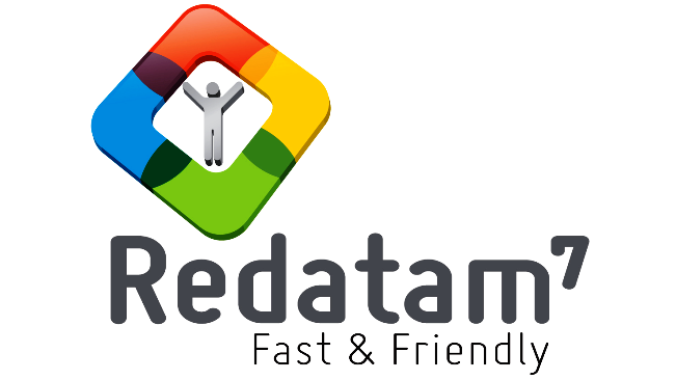REDATAM is the acronym of REtrieval of DATa for small Areas by Microcomputer.
In the context of the ongoing support that CELADE, Population Division of ECLAC carries out to member countries, as well as, to other regions; the continued development of REDATAM aimed to provide better technical assistance and support to NSOs for processing and dissemination of statistics and censuses, particularly the Population and Housing Census.
Today’s rapid technological changes contribute to access better quality and timely information but at the same time requires the permanent update of the tools that accompany these processes. CELADE, for 30 years has been striving to balance these two realities with the REDATAM project and with the continuous support of a number of institutions, particularly UNFPA this task has been possible. This year CELADE is launching the latest version of REDATAM "Redatam7 Fast&Friendly", with new characteristics and improvements mentioned here:
The program uses a highly compressed hierarchical structured database with millions of records of persons and households, enumeration areas, provinces or any administrative division of a country. The data source can be population and household census, surveys or any other source. You can define any geographic area of interest (from city blocks up) or a combinations of these areas, create new variables, obtain various types of tabulations very quickly and export the output tables, get graphs or maps as well.
Among the improvements of Redatam7 is the use of XML format enabling easy conversion with other programs to import/export, a new compiler that facilitates maintenance and incorporation of new commands, new functions in the programming language, the Unicode support allows to incorporate other languages, the complete redesign of the Webserver interface for better online processing, a new storage architecture, faster processing engine (process a million records per second) and better output tables styles.
There is a new file called the "Project" (.prjx) which facilitates the management and organization of all files (selections, syntax, maps) as well as documents (questionnaires, manuals, etc.) within a workspace. Other new features include easy indicators generation where the user defines easily the numerator and denominator for ratio, fraction or percentages generation. The user can compute GINI and NTIL indicators simple by adding the parameters. Get basic descriptive statistics for none categorical variables, this provides the sum, maximum, minimum average, median, standard deviation, etc.
Until the previous version the support of alphanumeric variables in REDATAM was only possible as labels in the output table; now you can work with these variables like any other type of variable (INTEGER, REAL, STRING, BOOL). An example may be to work directly with the codes of cause of death in vital statistics. The Redatam syntax definition has been updated and new functions, shortcuts and helps have been added. With the insertion of Unicode other languages can be use in the dictionary of the database as well as in the interface of Redatam7, for example, Quechua, Creole, Guaraní, upon request of each country.
Redatam is used in all countries in Latin-American and the Caribbean, either for internal use within the National Statistical Offices or for online processing through Redatam Webserver. Some countries in Africa, Asia and South Pacific region have also adopted Redatam as their census dissemination tool. There are around 1600 users from more than 80 countries registered users. The first Redatam DOS version was released in 1987.All Redatam versions since have been developed and maintained by CELADE, Population Division of ECLAC.
